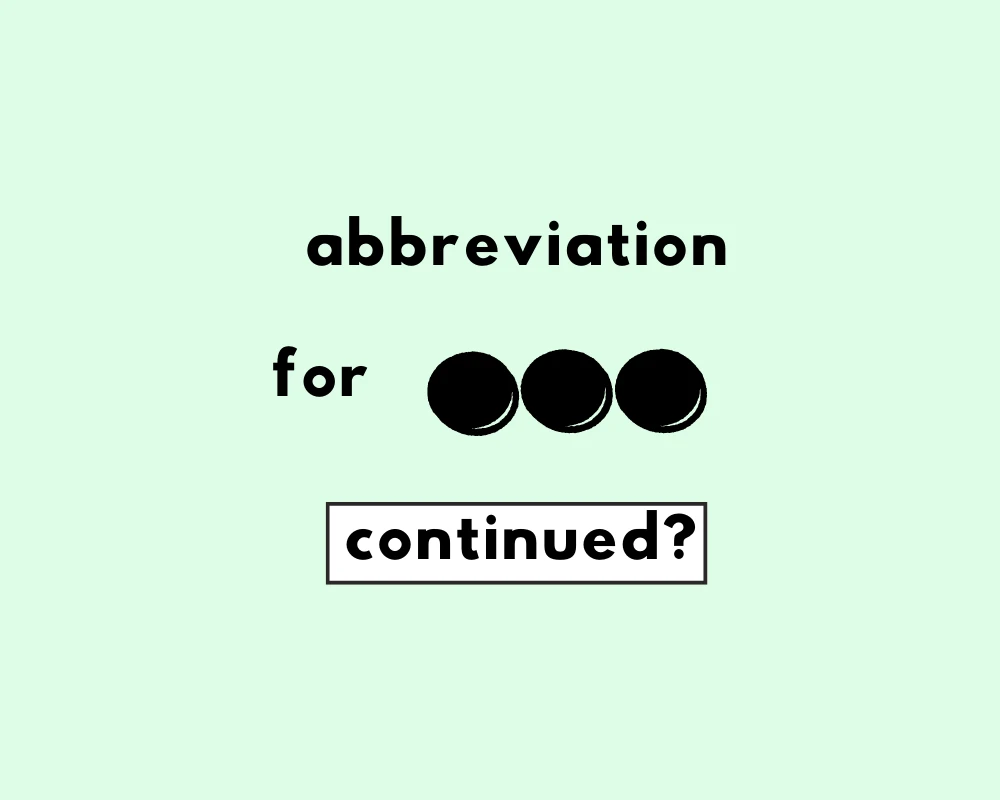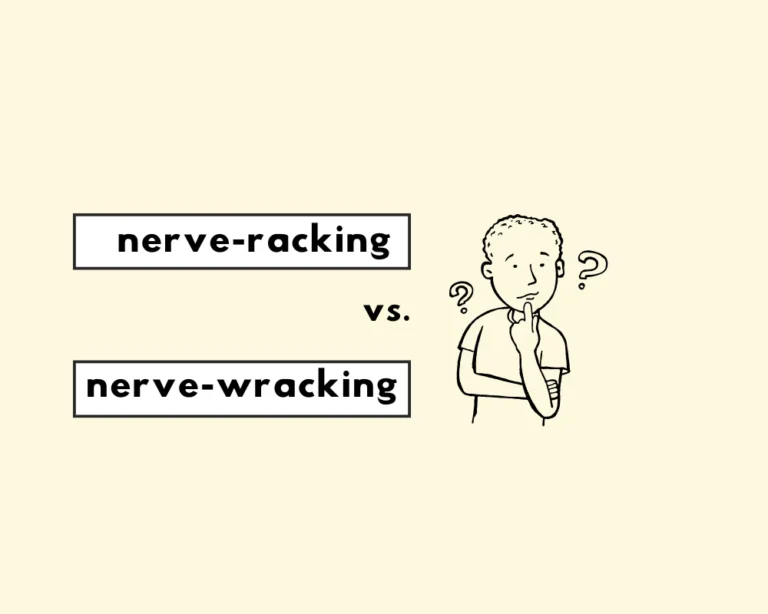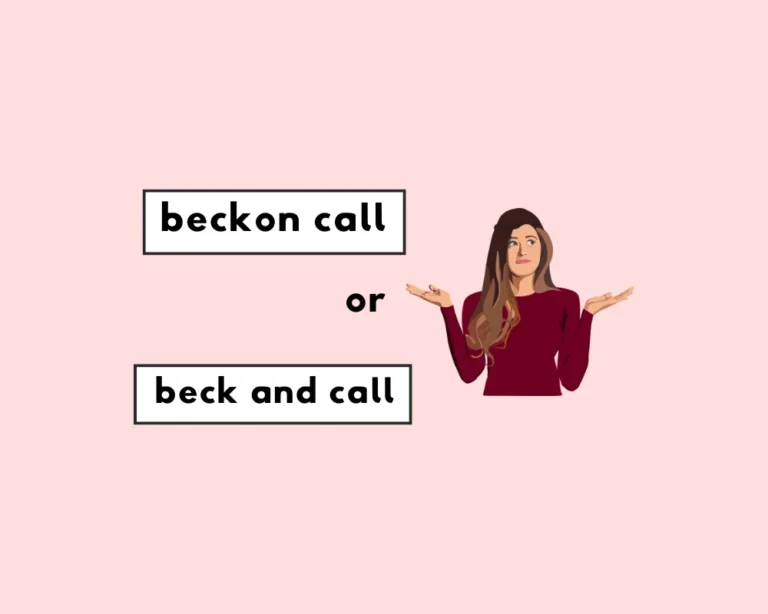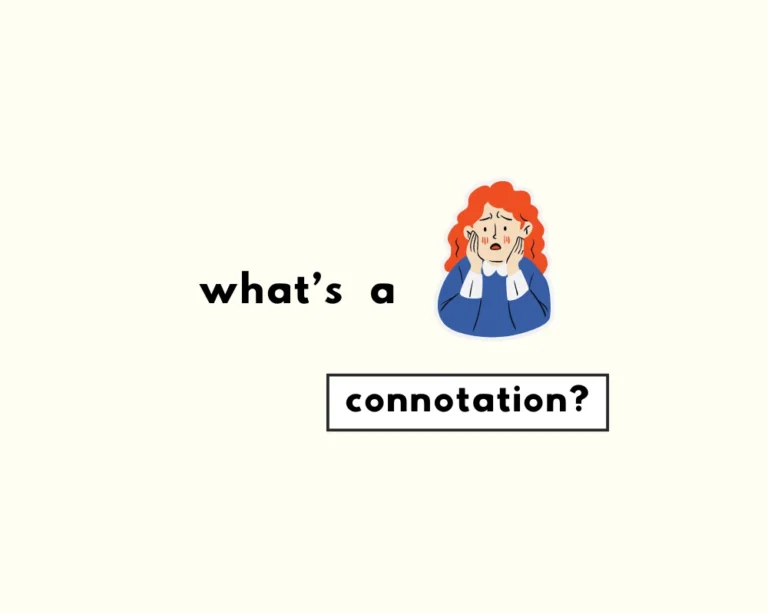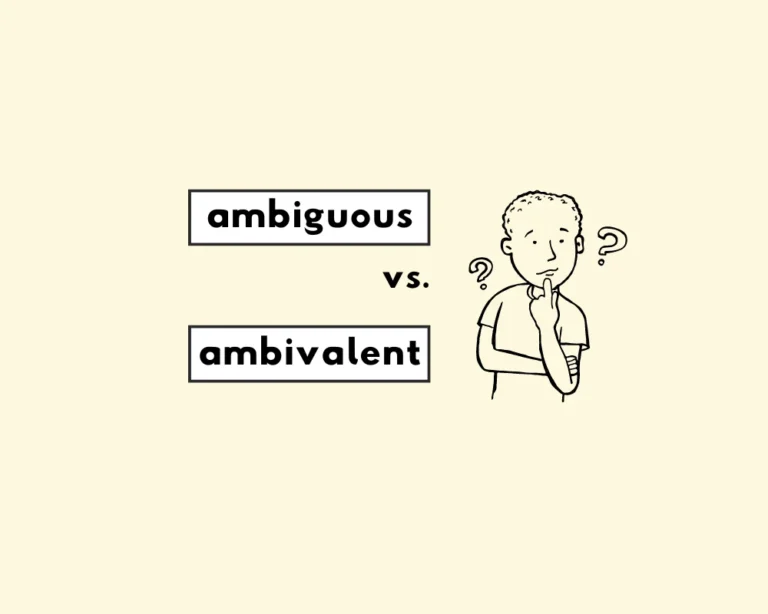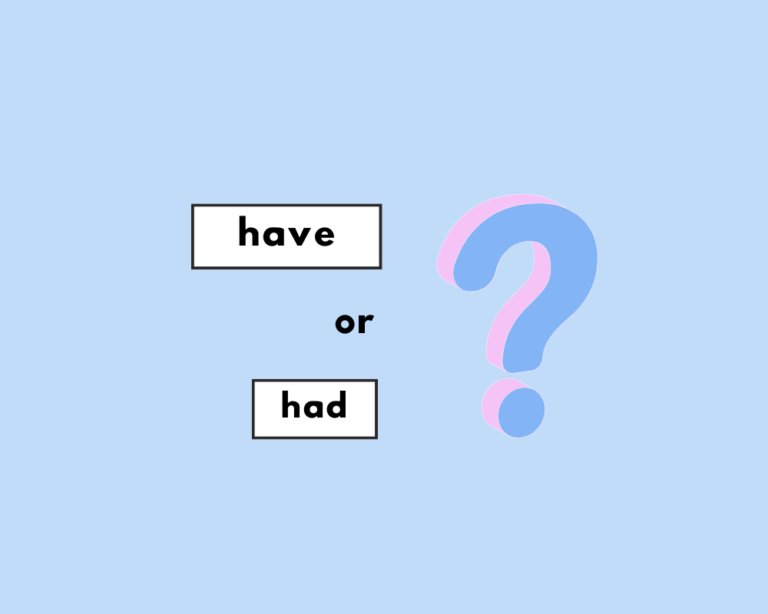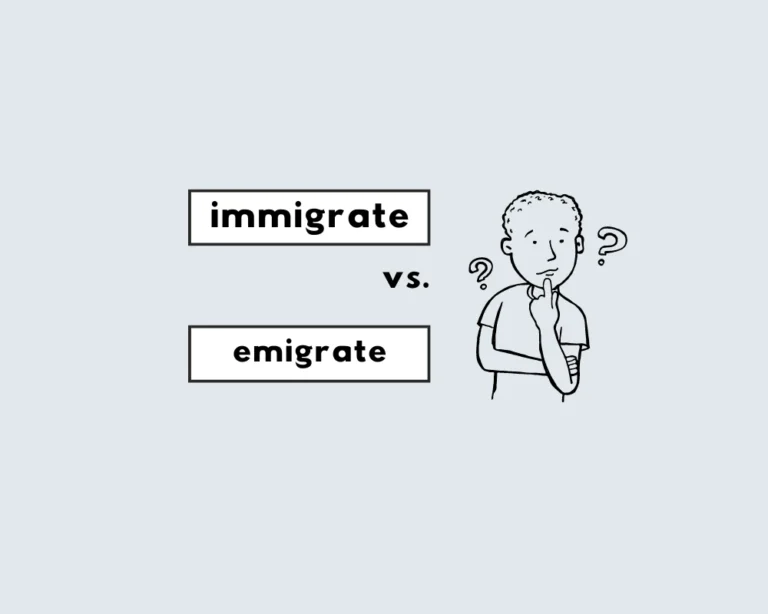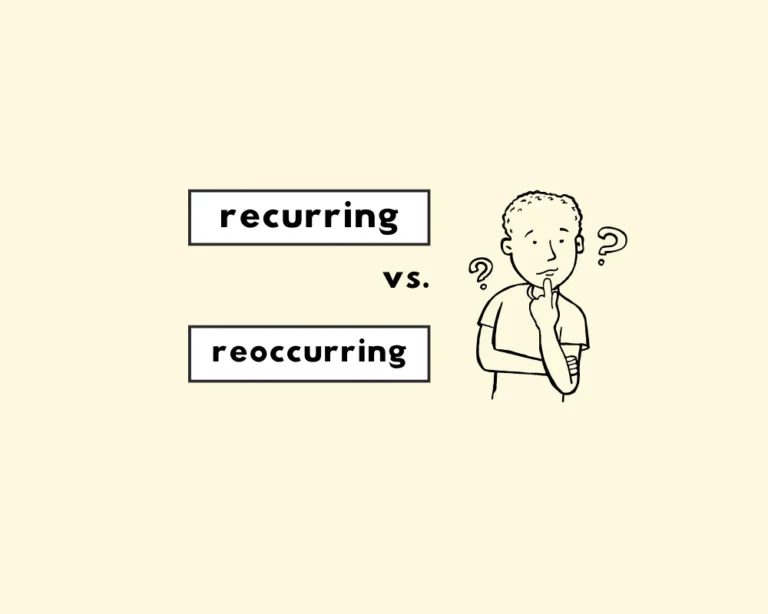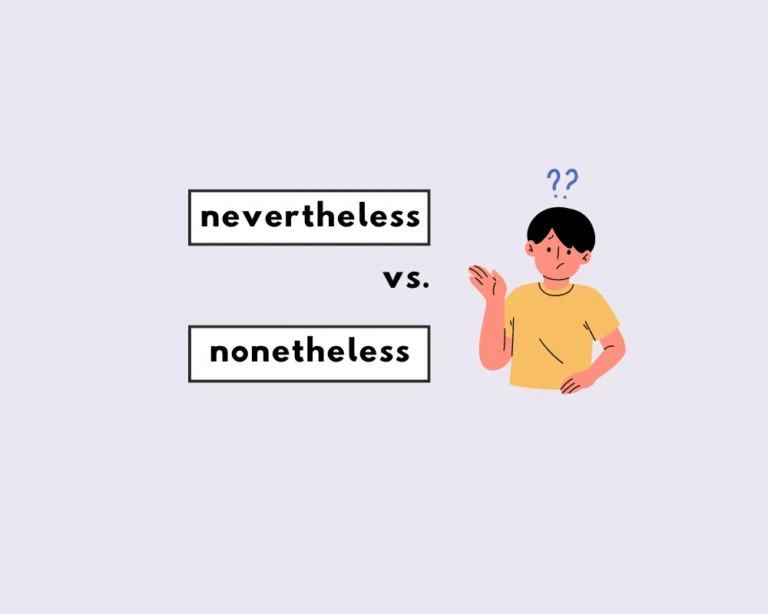Contents
Toggle
How to abbreviate “continued” in writing?
Abbreviations can be tricky, especially when there’s more than one correct way to abbreviate them. Such is the case with the abbreviation for continued, which accepts both cont. and cont’d as short forms. There are still differences between these abbreviations of continued, and it may be more accepted to opt for one form (depending on the style guide you consult).
What does “contd.” or “cont’d” mean?
For the most part, if you need to abbreviate continued, it is correct to write ‘cont’ with a period following it. This is the recommended abbreviation according to the majority of style guides, including the Chicago Manual of Style. Still, it’s always good practice to follow the specific style guide that applies in your case.
Which is it: cont. or cont’d.?
Both abbreviations “cont.” and “cont’d” are accepted and correct abbreviations for continued. Most readers will understand what’s written with either short form. That said, the way these abbreviations work is slightly different. Cont’d, with the apostrophe ‘d’ is a contracted form of continued: it omits the ‘ue’ from the word and so it ends with ‘d’. Cont. with the period is a truncated abbreviated form: it simply cuts off the end of the word continued, leaving you with the ‘t’ and a period to indicate a full-stop. Importantly, if you do use ‘cont’d’, make sure to include the apostrophe, since technically this form is a contraction of the word continued.
When would you write cont. ?
Though less common in modern writing (especially in digital formats where there are fewer page breaks), the abbreviation “cont.” is indicates that something is being continued from a previous point or page. You might include cont. in documents with multiple sections if you want to clarify where the reader can keep reading on a specific point or topic (if the topic is expanded on further in the document).
Likewise, in letters or emails where there is a next page and it needs to be made clear that the information continues there, it can be included. The same applies for books, manuscripts, or any piece of writing where it might be unclear to the reader whether the writing continues.
Examples of cont. in writing
In a document or report with multiple sections:
For more information about the topic, please refer to the cont. section on page 15.
In a list of items that continues onto the next page:
The conference schedule is as follows:
Opening Keynote
Workshop on AI
Lunch break
cont.
In an article or academic paper with footnotes:
Smith, J. (2023). The Impact of Climate Change on Biodiversity. Environmental Studies Journal, 45(3), 231-245. doi:10.xxxx …
See cont. for additional references.
In a letter or email that continues on a new page:
Thank you for your inquiry. As mentioned in the previous email, we are pleased to offer you the following options for your upcoming event:
1. Venue rental options
2. Catering packages
cont.

